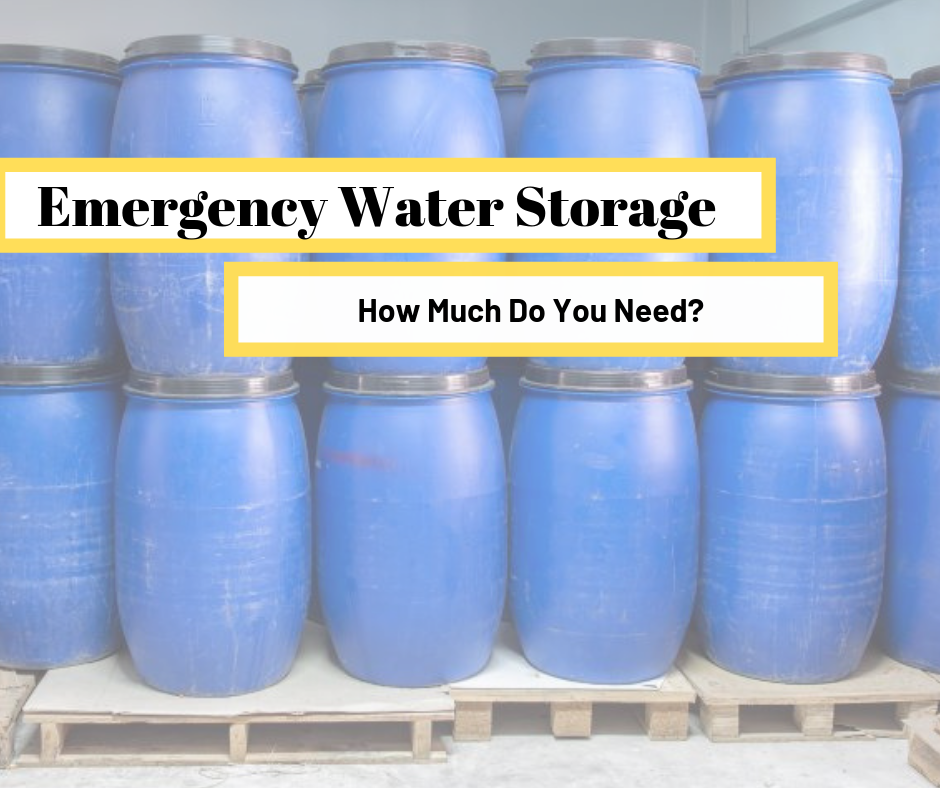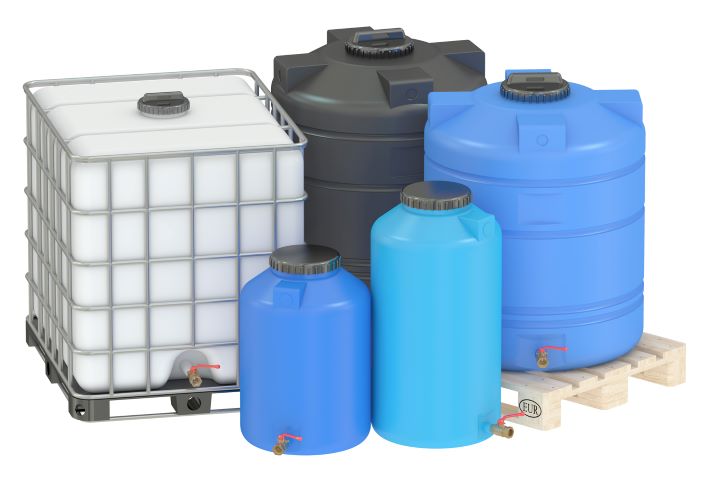We’re all guilty of taking the electricity in our homes for granted. Yet, as recent natural disasters have shown, there’s no such thing as a guaranteed power supply.
It’s why families across the country are starting to think ahead. Depending on where you live in the States, hurricanes, floods and other disasters range from unlikely to inevitable.
It’s always smart to prep for the worst and secure your supply.
Most households are just not practically or emotionally prepared to go three or four days without electricity. Think about. No charging your phone. No cooking with appliances. No heating system for your water.
We all like to think we’d fare well in an emergency situation, but the truth is we’re dependent on the grid.
This is all to say, if you haven’t got a generator, it’s a really good idea to buy one. That way, you never have to worry about losing power. Whether you get hit by a tornado, wildfire or supply chain breakdown, you’ve always got a reliable backup. Generac generators, for example, are stationary, powered by gas or propane and can be wired directly to your property’s main electrical system.
It means Generac’s generators can power a property for an indefinite period of time. If you lose your electrical supply for any reason, it will allow you to continue using essential appliances. For families with young children, just the peace of mind of knowing this can be very valuable.
This article takes a look Generac’s most popular generator models – the Synergy and the Guardian. Both are 20 kW generators designed to keep the lights, heating and more on through turbulent times. It discusses the key features of both models to help you pick the perfect generator.
Calculating Your Power Needs
Before looking for a generator, first determine how much power your property needs to stay fully operational. To do this, ask yourself how much power is essential for your particular household. Go here and use our simple reference tool to get started.
If the mains supply cuts off, are you happy to run only the bare essentials while you wait for a solution? Or do you want to power ‘luxuries’ such as your television, games consoles and more?
The answer will tell you what size generator you need. Get yourself a calculator and combine the wattage of all the appliances you deem essential. Just add them up to get a rough approximation of the correct generator size. All electrical products have a wattage rating written somewhere on their casing. Look at where the cord meets the appliance; you’ll find it here on most products. If you can’t find it, a Google search should provide the information.
If there are two wattages given – some appliances also have a surge watt rating – use the surge wattage. It just means the appliance needs a ‘boost’ for launch then it reduces to a lesser wattage during operation. Always use the surge wattage rating if you know it.
This next part is very important. Once you have a wattage total (for all the appliances), take the number and divide it by 1,000. The number you’re left with is the number of kilowatts needed to power a generator for your home. Use this figure as a guide when shopping for generators.
Generac’s 6055 20 kW Synergy Series
Generac’s Synergy Series generator is a generator with lots of different features. Yes, it provides power efficiently.
It also does a lot of other cool stuff. Some have even called it a ‘luxury’ generator. It is compatible with gas and propane. What’s more, the ‘no tools’ mechanism means you can switch between the two fuels in a matter of minutes.
You don’t have to commit to just one. You can stay flexible.
The Synergy Series 6055 generator is protected with an aluminum shell to ensure the elements never impact on performance.
It can operate as reliably in a downpour as in dry, sunny conditions. Generac is keen to stress this to users because, after all, most mains electric outages happen in extreme weather.
It includes the manufacturer’s patented G-FlexTM system which actively monitors the home’s power consumption and adapts its own performance to suit.
If it doesn’t need to operate at full capacity, it won’t. This is helpful for households trying to manage their expenses. Use less power and the generator will require less fuel.
It sounds obvious but it’s not a feature of all modern generators. Many types operate one setting which does not match day to day usage. Not only this but the Synergy Series 6055 can also be managed remotely. With Generac’s Mobile Link app, it’s easy to check fuel levels, daily energy consumption and get maintenance alerts.
The Synergy Series 6055 generator is good news for eco-friendly households too. At a total harmonic distortion rating of below 2%, the energy it produces is surprisingly green. To contextualize this, 2% is the rating utility providers must meet before their power can be deemed safe. The point is, this generator meets all the parameters for safe power.
Generac’s 6729 20 kW Guardian Series
The Guardian Series 6729 generator is quite like Generac’s Synergy Series model. The primary difference is it’s designed to be more affordable. Where the Synergy is a generator with lots of features – many that aren’t essential to run a generator – the Guardian is straightforward and simple.
If the Synergy is a luxury generator, this is its more affordable brother. It still comes with the popular ‘no tools’ mechanism that allows fast switching between propane and natural gas fuels. And it’s very powerful with the capacity to provide up to 20 kW of electricity at a total harmonic distortion rating of 5%. This is higher than that of the Synergy model but it’s still within safe limits for anything but the most specialist appliances.
The Guardian Series 6729 includes a supplementary Evolution remote control for checking fuel levels and performing routine maintenance checks. Please note, this remote is not included with the standard Guardian 6729 package. It needs to be bought separately. The remote can be used for monitoring the generator’s performance anywhere, anytime. If interested in this feature, add Mobile LinkTM to your basket when shopping.
Like the Synergy model, Generac’s Guardian model generator is a low noise machine. It operates very quietly and causes no disruptions even if a property is in close proximity to others. Certainly, if you’re looking for a generator that performs impressively without inessential features – some people prefer to stick with the basics – the Guardian fits the bill.
Warranty Features of Generac Generators
Both these models, the Synergy and the Guardian, come with the same five year quality guarantee. For five years after purchase, users are entitled to an unlimited number of generator repairs. Generac will also replace most parts for free if they become defective. If you experience problems, just phone the company helpline and request a visit from a maintenance technician.
Generac also offers a service that allows customers to link their Mobile LinkTM app to maintenance technicians in their local area. If your generator develops a problem, it has the ability to automatically alert a technician.
The Final Word On Generac Generators
It’s normal to take your power supply for granted. It’s something we all do. The important question is whether you’re going to do something about it.
Maybe your electric supply will never fail. There’s really no way to be sure. However, if you live in an area with extreme weather or frequent natural disasters, the only sensible thing to do is prepare.
With Generac’s 20 kW Synergy and Guardian generators, there’s no such thing as going without power. Left in the dark? No chance.



